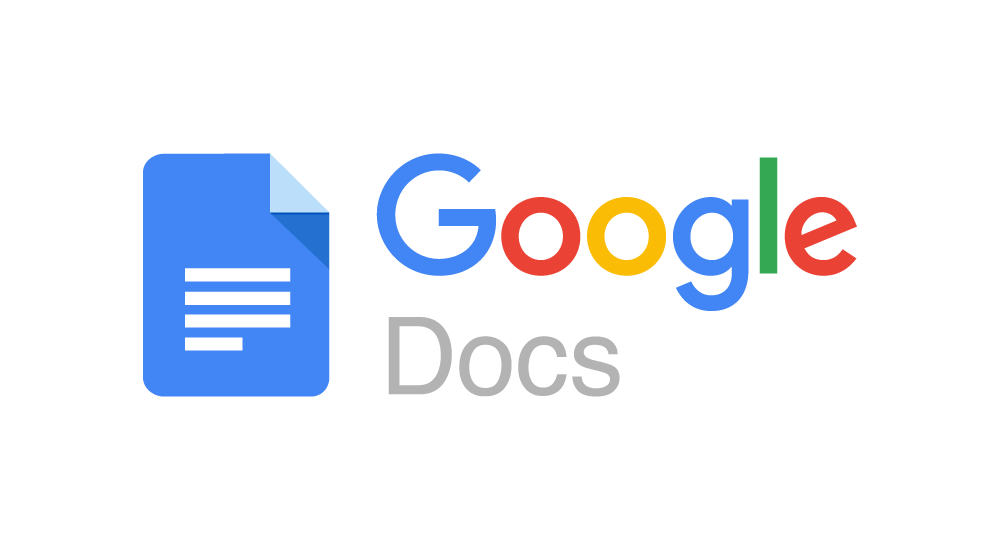When you type in Google Docs, your edits appear instantly to collaborators, even if thousands are online simultaneously. But how does Google Docs architecture enable this real-time collaboration without conflicts or delays? The answer lies in Operational Transform (OT) and Conflict-Free Replicated Data Types (CRDTs).
This article explores the architecture behind Google Docs real-time collaboration, focusing on Operational Transform (OT) vs. Conflict-Free Replicated Data Types (CRDTs)—two of the most widely used techniques in real-time collaborative editing.
1. The Challenge with Real-Time Collaboration
When multiple users edit the same document simultaneously, several challenges arise:
- Consistency: All users should see the same version of the document, no matter where they are.
- Low Latency: Edits should appear instantly, without lag.
- Concurrency Handling: Users should not overwrite each other’s changes.
- Offline Support: Changes should sync correctly when a user comes back online.
Google Docs achieves this through Operational Transform (OT), while newer approaches like Conflict-Free Replicated Data Types (CRDTs) are gaining traction in modern collaboration tools like Notion and Figma.
2. Understanding Operational Transform (OT)
Operational Transform (OT) is the technique Google Docs uses to ensure consistent collaboration. It allows multiple users to make edits while ensuring that changes are correctly merged.
How OT Works:
- Each user’s changes are represented as operations.
- Operations are sent to a central server (Google’s sync service).
- The server orders and transforms operations to maintain consistency.
- Transformed operations are sent back to all users.
Example of OT in Action:
Imagine two users, Alice and Bob, editing the same document:
- Alice types “Hello” at position 0.
- Bob types “World” at position 5.
Without OT, Bob’s edit might shift due to Alice’s change. OT transforms Bob’s operation to maintain consistency, ensuring “HelloWorld” appears instead of “WorldHello”.
Mathematical Representation of OT Transformations
If operation A (Alice) inserts “Hello” at position 0 and operation B (Bob) inserts “World” at position 5, then:
- Initial document: “”
- After A: “Hello”
- After the transformation of B: “HelloWorld”
Transformation function (T) ensures:
T(A,B) = T(B,A)
This maintains consistency across all users.
Pros of OT:
- Proven scalability (used in Google Docs for years)
- Efficient network usage (centralized approach)
- Works well for structured text editing
Cons of OT:
- Requires a central server for coordination
- Complex conflict resolution logic
- Harder to implement for decentralized collaboration
3. The Rise of CRDTs (Conflict-Free Replicated Data Types)
Conflict-Free Replicated Data Types (CRDTs) is a newer approach that removes the need for a central server to manage edits.
How CRDTs Work:
- Each user maintains a local copy of the document.
- Edits are made independently and asynchronously.
- Changes propagate across all copies without conflicts.
- A mathematical merging function ensures consistency.
Example of CRDTs in Action:
If Alice and Bob both edit a document, their changes are stored as unique CRDT objects and merged mathematically.
Using a G-Counter CRDT (Grow-Only Counter):
- Alice adds “Hello” (count = 1)
- Bob adds “World” (count = 1)
- Final document = “HelloWorld” (merged automatically)
CRDTs ensure eventual consistency, meaning all users will see the same document state over time.
Mathematical Model for CRDT Merging:
Using LWW-Register (Last-Writer-Wins) for merging text:
![]()
Where V represents vector timestamps for edits.
Pros of CRDTs:
- Works without a central server (decentralized)
- Great for offline-first apps
- Natural merging of edits
Cons of CRDTs:
- Higher memory usage (stores multiple versions of data)
- More bandwidth is required for synchronization
- Complex merging logic for text editing
4. OT vs. CRDTs: Which One is Better?
| Feature | Operational Transform (OT) | Conflict-Free Replicated Data Types (CRDTs) |
|---|---|---|
| Consistency | Strong consistency | Eventual consistency |
| Network Dependency | Requires a central server | Works in a peer-to-peer network |
| Offline Support | Limited (requires server) | Full offline support |
| Scalability | Scales well in centralized systems | Scales well in decentralized systems |
| Implementation Complexity | Complex transformation logic | Higher memory & processing overhead |
Google Docs prefers OT because:
- It provides strong consistency (immediate conflict resolution).
- It’s optimized for text editing (transformations are efficient for document collaboration).
- Google has the infrastructure (centralized servers to handle OT efficiently).
However, CRDTs are gaining popularity for decentralized, offline-friendly applications like Notion, Figma, and peer-to-peer collaboration tools.
5. Real-World Performance Comparisons
To compare the efficiency of OT vs. CRDTs, consider this scenario:
- 1000 concurrent users editing a document.
- Each user makes 1 edit per second.
- Network latency = 100ms.
Using OT:
- The server processes 1000 transformations per second.
- Network cost: Minimal, only sends necessary transformations.
Using CRDTs:
- Each user syncs with 999 other users.
- Bandwidth overhead: Massive (O(n^2) sync complexity).
- Memory usage: Higher due to multiple stored versions.
CRDTs are better suited for offline-first applications, while OT is more efficient for centralized real-time collaboration.
Conclusion
Google Docs relies on Operational Transform (OT) for its real-time collaboration, offering strong consistency and minimal bandwidth usage. Meanwhile, CRDTs are becoming popular for decentralized applications.
The choice between OT and CRDTs depends on the use case:
- If you need real-time collaboration with strong consistency, OT is the best choice.
- If you need offline support with eventual consistency, CRDTs work better.
As web technologies evolve, hybrid models combining OT and CRDTs might emerge, bringing the best of both worlds!
🚀 Want to learn more about large-scale collaboration systems?
Bookmark this website and subscribe to my newsletter



